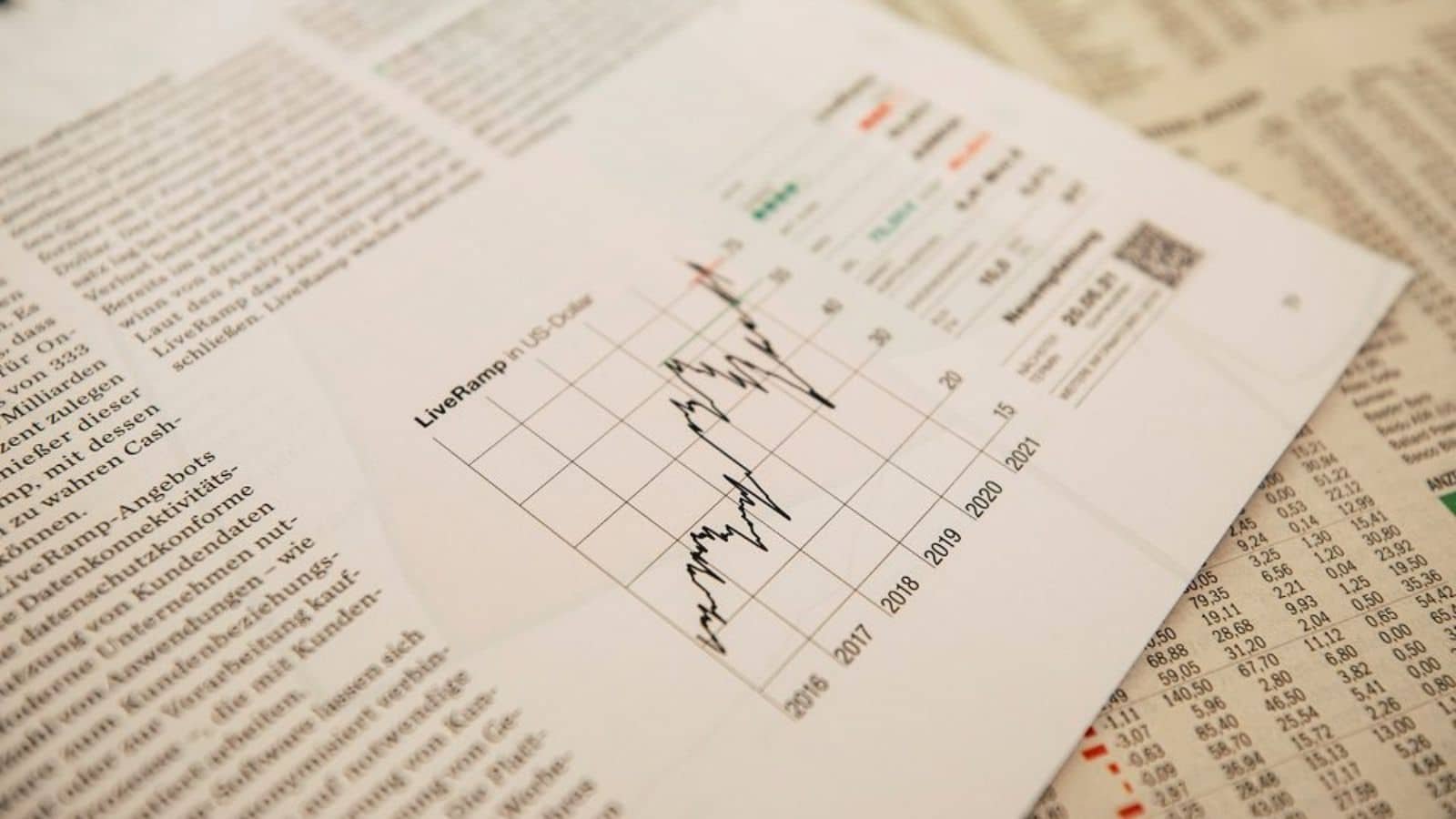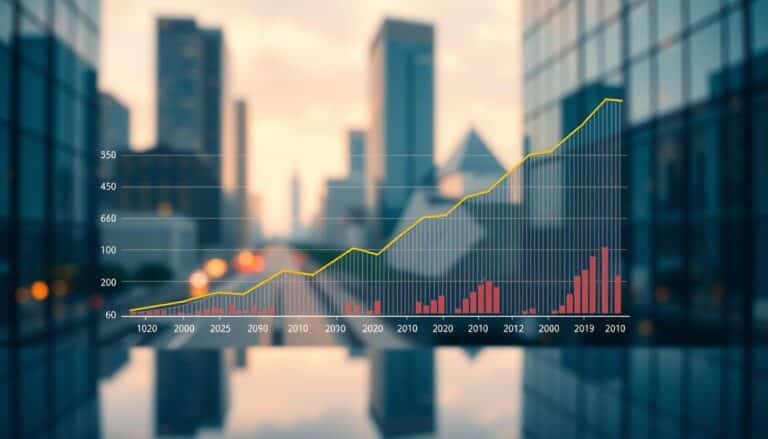Global Stock Markets Head For Worst Week Since 2020
As central banks increased their efforts to temper increasing prices, the struggle against inflation heated up this week, and the price we may pay is a worldwide recession. Before Switzerland’s stunning jump in borrowing prices and the Bank of England’s sixth rise in a row, investors were reeling from the greatest rise in US interest rates for almost three decades.
Stock markets across the world are bracing for their worst week since 2020 as concerns about a global economic slowdown grow. As a series of central banks tightened monetary policy, global stock markets have fallen by roughly 5.5% so far this week.
On Friday, the Dow Jones Industrial Average dropped by 38.29 points (or 0.13%) to end at 29,888.78 while the S&P 500 climbed by 0.22 percent to conclude at 3,674.84. At 10,798.35, the Nasdaq surged 1.43 percent in value. Wall Street tried to regain its footing on Friday after a tough week of bouncing the S&P 500 and though stocks closed the week down for all major averages, the S&P 500 had the bleakest weekly performance in the index since 2020.
This week’s publication of the Consumer Price Index (CPI) by the Bureau of Labor Statistics (BLS) provided market players with a new perspective on the degree to which price rises have continued throughout the United States economy (US). Following April’s 8.3% gain, the index unexpectedly jumped to 8.6% annual growth in May. A 41-year record was surpassed in the March CPI, which saw an 8.5% increase, the highest rise since late 1981.
How Are Different Countries Coping With The Current Crisis
Nowadays many countries suffer from the current crisis. They have different methods of fighting against inflation. Selling prices have risen sharply throughout the eurozone, reducing the negative effect of the rise in commodity prices on the terms of trade. As a consequence, as the data provided by IMGFX Forex broker shows, euro area businesses have been exporting inflation as much as they have been importing it lately. Inflation in the Eurozone touched an all-time high of 8.1% in May, driven in part by rising oil and food prices as a result of Russia’s conflict in Ukraine.
At 7.6 percent year-on-year, the European Union statistics office Eurostat has broken its previous high of 7.4 percent set in March and April. Monetary policy cannot or should not sit on the sidelines when inflation is mostly driven by global sources. This suggests that inflation expectations have become more crucial than ever due to the recurrent global shocks.
Since its inception in 2003, the Governing Council of the World Bank has conducted an 18-month assessment of its policy and concluded that it would no longer strive to maintain inflation at 2% but rather close to it, as previously stated. Instead, the bank would just aim for 2% and be prepared to endure “a brief period of considerably above-target inflation.”
Energy costs rose by 39.2 percent, illustrating how the conflict and the attendant global energy constraint are making life more costly for the eurozone’s 343 million citizens.
The European Union’s decision to halt most Russian oil imports by the end of the year has pushed up energy prices for longer than predicted, according to Andrew Kenningham, the chief European economist at Capital Economics.
According to the official statistics office in Poland, yearly inflation in May rose to 13.9 percent, a 24-year high. Due to a large number of Ukrainian migrants, gasoline and food costs have risen sharply, adding to the economic growth.
Law mandates that the European Central Bank’s primary focus be on keeping inflation under control, therefore any change to the bank’s approach to inflation will have a significant impact on the company and consumer borrowing costs, as well as on job creation and economic development.
There is already abundant proof that the central bank was prepared to breach its regulations to battle the epidemic or the debt crisis that almost destroyed the euro a decade ago.
A very small number of goods and services have been responsible for the majority of inflation in the United States. US CPI inflation, excluding food and energy, rose by almost half between January and July 2021, and it still contributes to around one-third of the overall rise today.
As a central bank, the Federal Reserve is tasked with promoting economic growth and social well-being. Congress mandated the Federal Reserve to ensure price stability, which it does by limiting the rate at which prices rise and decrease. As assessed by the price index for personal consumption expenditures, the Federal Reserve considers a rate of inflation of 2% per year to be about right.
To combat inflation, President Biden has a proposal to decrease family expenses and reduce the government deficit by asking major firms and the richest Americans to contribute more. Legislative Republicans have proposed a new minimum tax on the middle class, which would result in an annual loss of about $1,500 for the typical American family.
Fed Interest-Rate Hike And Its Effect On Capital Markets
As interest rates rise, more people are tempted to conserve rather than invest in riskier assets, resulting in lower stock market profits. Increasing interest rates have a chilling effect on consumer spending and business profit margins as well.
After two rate increases this year, it’s simple to tell when markets realized that the Fed was serious about tightening monetary policy. Cryptocurrency and a slew of high-risk equities reached their zenith in November 2021.
Rate increases by the Fed have already impacted the housing market by slowing sales and price growth, which had been at record levels during the COVID-19 epidemic. As the Federal Reserve boosts interest rates and the financial markets expect rising inflation, mortgage rates have increased dramatically since the beginning of the year.
Cloudflare and Carvana, two fast-rising internet companies, have lost 76% and 94% of their value since their 52-week highs in late 2021, respectively. Bitcoin, the world’s most popular cryptocurrency, has lost nearly 56 percent of its value since its peak in November. According to CoinMarketCap, the second-largest cryptocurrency Ethereum has lost 64 percent of its value.
Verdict
As time goes by countries around the globe see that the world is against the new wave of the global crisis. The inflation rate in the major countries is spiking and reaching new highs. Countries have different methods of fighting against the increasing inflation rate. However, the crisis in the leading regions increases the fear among the investors. This is reflected in the global and financial markets, where we can see sudden drops in prices and increased volatility. There is no answer to when all of this will recover. However, according to some analysts, the worst is yet to come.
This article was originally published on ValiantCEO.







